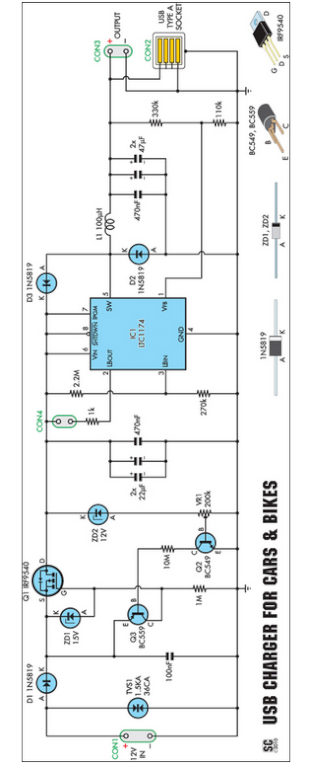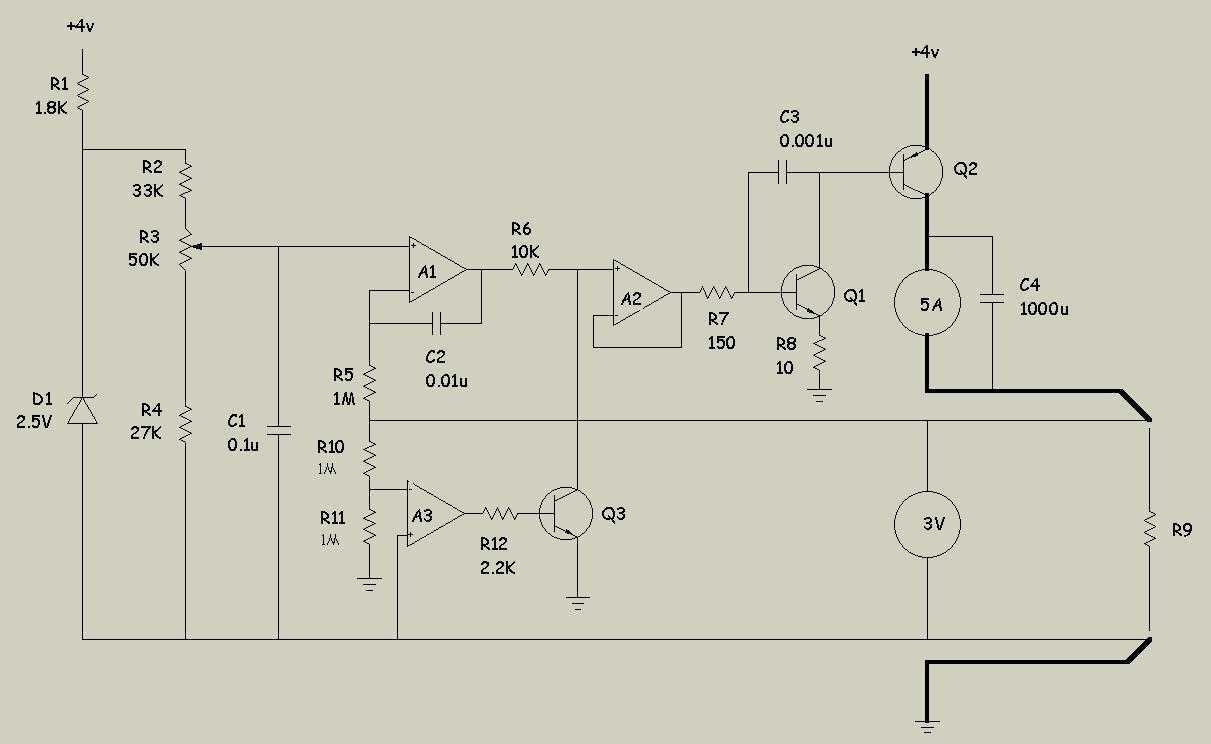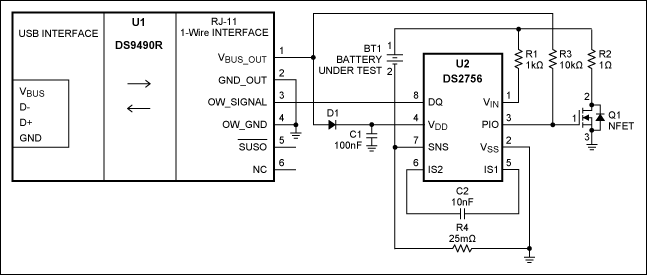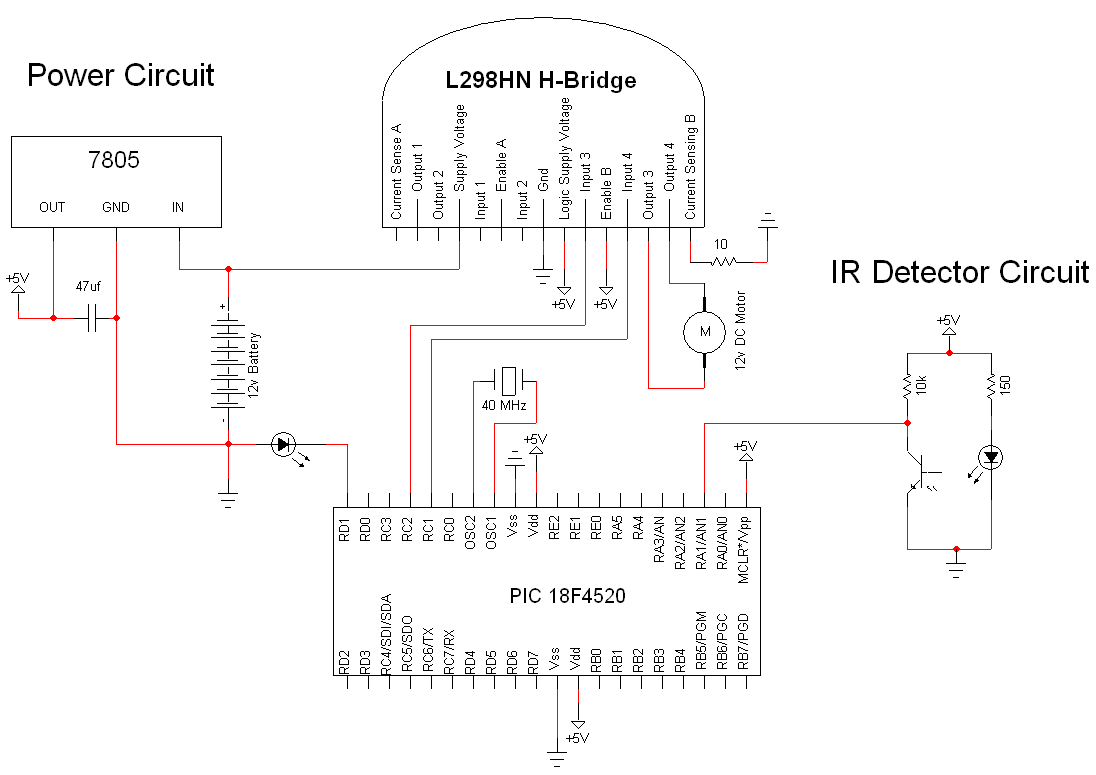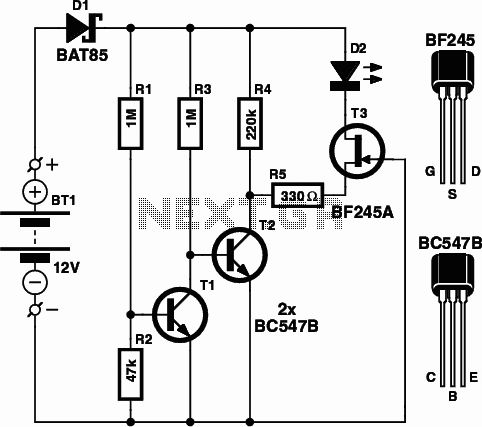
Simple NiCd Battery Charger
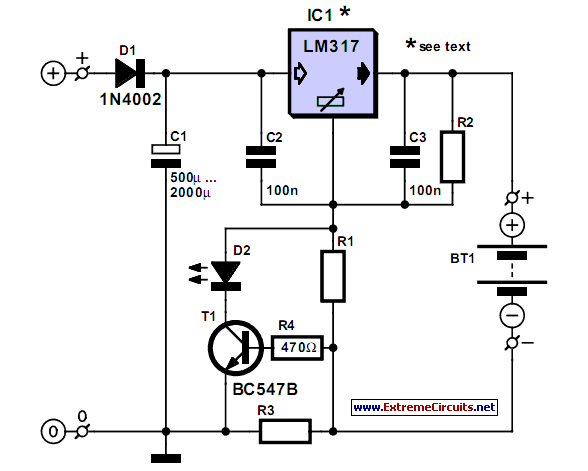
A simple NiCd charger can be constructed using readily available components and an economical LM317 or 78xx voltage regulator. The design incorporates a current limiter made up of resistor R3.
The proposed NiCd charger circuit utilizes an LM317 or a 78xx series voltage regulator to provide a stable output voltage suitable for charging nickel-cadmium batteries. The circuit design is straightforward, allowing for the use of commonly found components, which makes it cost-effective and accessible for hobbyists and engineers alike.
The primary function of the voltage regulator is to maintain a constant voltage level while the current flowing into the battery is managed by a current limiting resistor, R3. This resistor is critical in preventing overcurrent conditions that could lead to battery damage or reduced lifespan. The value of R3 should be chosen based on the desired charging current, which typically ranges from 0.1C to 0.5C of the battery's capacity.
In addition to R3, the circuit may include capacitors for input and output stabilization, ensuring that the voltage regulator operates efficiently and that the output voltage remains stable during the charging process. A diode may also be implemented in parallel with the battery to prevent reverse current flow when the charger is disconnected.
Care should be taken to ensure proper heat dissipation from the voltage regulator, as it may generate significant heat during operation, especially when charging larger capacity batteries. A heatsink may be required to maintain safe operating temperatures.
Overall, this simple NiCd charger design is effective for charging nickel-cadmium batteries while utilizing minimal components, making it an excellent project for those looking to create a functional and reliable charging solution.A simple NiCd charger can be built using junk box components and an inexpensive LM317 or 78xx voltage regulator. Using a current limiter composed of R3.. 🔗 External reference
The proposed NiCd charger circuit utilizes an LM317 or a 78xx series voltage regulator to provide a stable output voltage suitable for charging nickel-cadmium batteries. The circuit design is straightforward, allowing for the use of commonly found components, which makes it cost-effective and accessible for hobbyists and engineers alike.
The primary function of the voltage regulator is to maintain a constant voltage level while the current flowing into the battery is managed by a current limiting resistor, R3. This resistor is critical in preventing overcurrent conditions that could lead to battery damage or reduced lifespan. The value of R3 should be chosen based on the desired charging current, which typically ranges from 0.1C to 0.5C of the battery's capacity.
In addition to R3, the circuit may include capacitors for input and output stabilization, ensuring that the voltage regulator operates efficiently and that the output voltage remains stable during the charging process. A diode may also be implemented in parallel with the battery to prevent reverse current flow when the charger is disconnected.
Care should be taken to ensure proper heat dissipation from the voltage regulator, as it may generate significant heat during operation, especially when charging larger capacity batteries. A heatsink may be required to maintain safe operating temperatures.
Overall, this simple NiCd charger design is effective for charging nickel-cadmium batteries while utilizing minimal components, making it an excellent project for those looking to create a functional and reliable charging solution.A simple NiCd charger can be built using junk box components and an inexpensive LM317 or 78xx voltage regulator. Using a current limiter composed of R3.. 🔗 External reference

